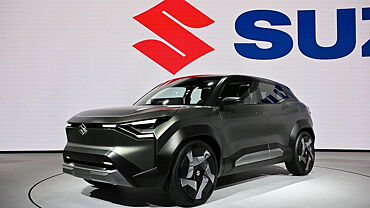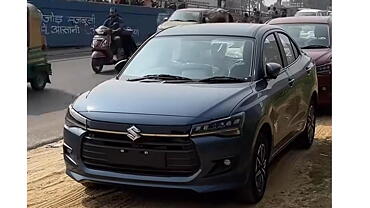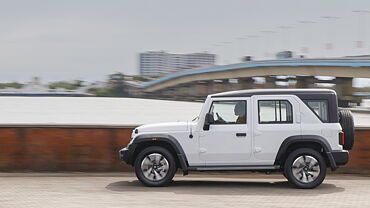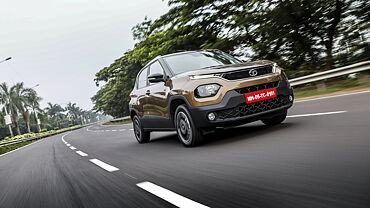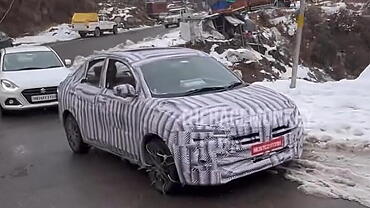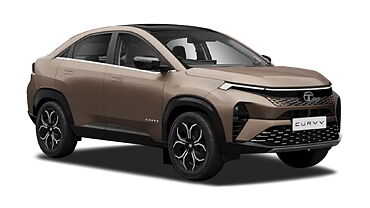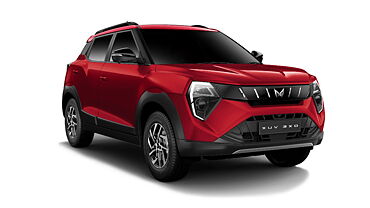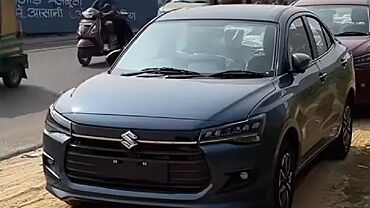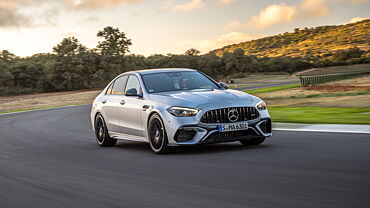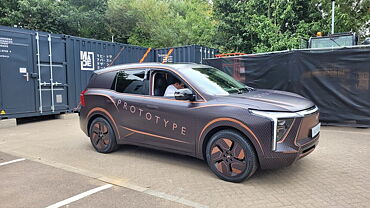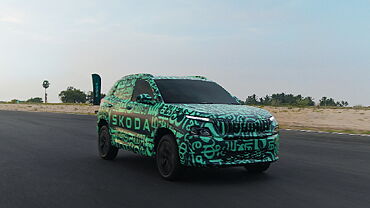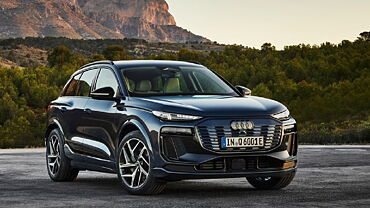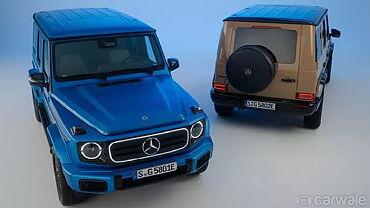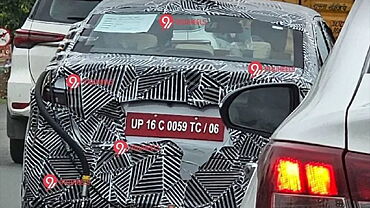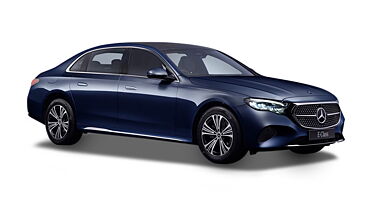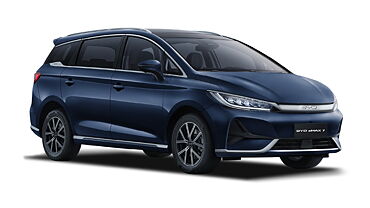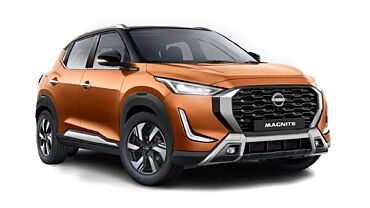Cartrade Comparison Test
Introduction
The SUV market today is booming in the subcontinent. Across the range there is an increase in demand and this has been seen maximum in the growth of C-segment compact SUVs. They offer all the benefits of the compact class, have car-like underpinnings, but with the SUV appeal and sitting at the top of this list is the Maruti Suzuki Vitara Brezza. On sale for more than a year now, this car is the segment leader.
With its success only expected to grow further, everyone wants a piece of this pie. The latest to join the skirmish is Honda who has brought out the WR-V. Based on the Jazz, this in true Honda form has a crossover appeal and targets those who want the SUV look but in a non-traditional way. What’s more, our cars are both diesels as this fuel variant is clearly the more popular choice among buyers shopping for cars here. What do both bring to the fight? Read on to find out more.
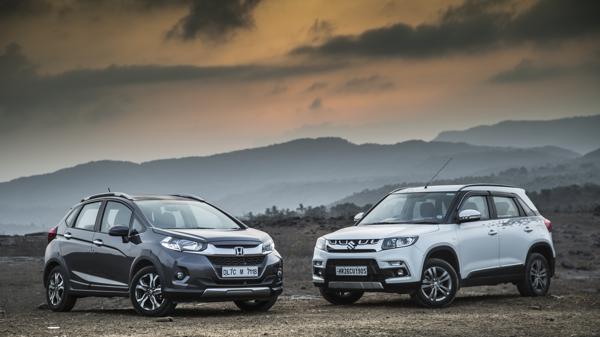
Exterior
The Maruti Suzuki Vitara has come after a lot of effort and it is evident that the Indo-Japanese automaker has chosen to play it safe. There is a square, heavy, straight-edged design riding on flared wheel arches while the face gets a chrome grille and rectangular headlamps. The pillars are painted in black to give it a floating roof effect. At the rear, wrap around tail lamps and a thick base line give it a squat stance. Additionally, our Brezza has been customised with the iCreate programme and so gets little touches like body graphics and visors on the doors.

The WR-V, on the other hand, is all angles and curves and is overtly crossover as compared to the traditional looks of the Brezza. The fascia gets the thick Honda chrome grille and metal wicker work, while the bulky bumper adds a strong shoulder line. Move over to the side and the forward sloping roofline sits on those heavily flared wheels arches. The rear is unique thanks to the axe-shaped wraparound tail lamps. This also gives the rear end some aggressive appeal. Ultimately, both vehicles have the same values, but in two different styles.
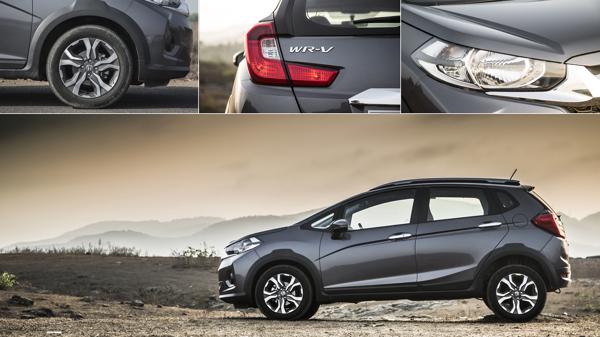
Interior
On the outside, both cars stand apart for their individualised approaches to appearance, but in the cabin both are pretty much on the same page when it comes to what is on offer. Both are strict five seaters whose feature list comprises climate control, touchscreen infotainment system, button start, cruise control and digital display for the trip computer in the instrument panel. Here the WR-V takes the lead as it has a more detailed touchscreen system with HDMI input. 1.5 GB internal storage and Wi-Fi support.
In the Brezza, you sit higher in the cabin affording a better view all around. The seats in the Brezza themselves are quite comfortable and offer decent bolstering as well as under thigh support. In the WR-V the seats have been placed a bit lower thanks to the sloping roofline and this while giving a more car like experience does tend to affect under thigh support both in the front and rear.
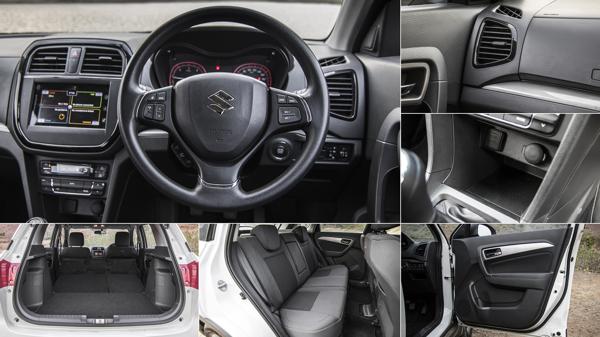
The WR-V manages to come back in terms of rear seat space as it offers far more than the Brezza even with the driver’s seat adjusted for the seating position of a six-footer. What’s more is that while the Vitara has a flat floor to stretch your feet under the front seats, the WR-V by virtue of having its fuel tank under the front seats gets a pseudo foot rest. In terms of practicality, the Maruti SUV gets a rear arm rest with cup holders, bigger storage capacity under the driver’s arm rest and cooled glove box, but has a smaller boot than the WR-V.
It is always the little things that matter and this is evident in the quality of the fit and finish of the cabin. While the WR-V’s cabin is acceptable for a car in this price range, it falls well behind the Vitara Brezza. Take for example, the centre console, door handle surrounds or even the AC vents. In the latter, they get a nice bit of glossy plastic around the edges instantly enhancing the premium appearance of the car. The quality of material used in the Brezza feels much nicer too and in a way enhances the appearance of the dashboard and door panels in terms of premium feel.
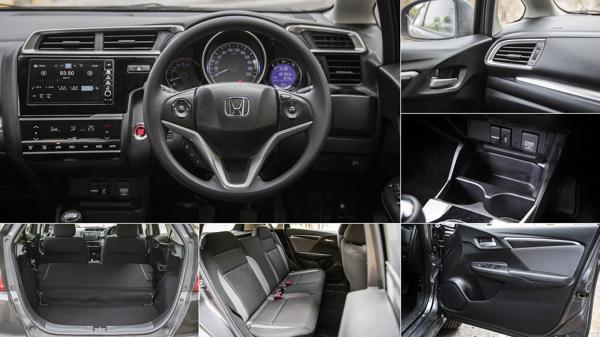
Performance
First the numbers- The Vitara Brezza is powered by the long running 1.3-litre four-cylinder Multijet diesel mill producing 90bhp/200Nm with power going to the front wheels via a five-speed manual. The diesel engine powering the WR-V is Honda’s made-for-India 1.5-litre four-cylinder unit producing 98bhp/200Nm with power going to the front wheels via six-speed manual.
The age and design Multijet is evident in the way it works. It prefers to take its time to build up the torques with a lot of initial turbo lag under the 1800rpm mark. However, once you get into to the torque band, there is a nice mid-range which allows you to exploit the potential of this engine. It’s a noisy engine this and is quite audible in the cabin especially when you start to move into the power band. The five-speed gearbox has short throws and has been tuned to work well with the heavy mid-range that the engine offers but doesn’t offer slick throws and at times leaves you second guessing as to whether the cogs have slotted properly.
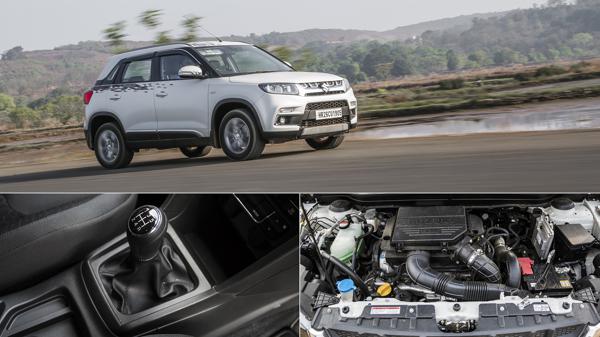
Honda’s i-DTEC 1.5-litre unit, on the other hand, feels like a much newer animal. The delivery of torque is linear and relentless all the way past the 3000rpm mark and it builds up in a way letting you cruise and take full potential of a good mid-range. There is no denying that this too is a noisy mill but it does feel much more refined compared to the Multijet motor. The six-speed gearbox means the ratios are shorter as compared to the five-speed unit of the Maruti allowing you to tap into the mid-range in a higher gear, thereby increasing efficiency. The sixth gear is also an advantage out on the highway as it puts lesser strain on the engine especially in the upper sections of the torque band. Our fuel efficiency tests have shown us that the Vitara Brezza had a highway number of xx kmpl and city number of xxkmpl while the WR-V had xxkmpl and xxkmpl respectively.
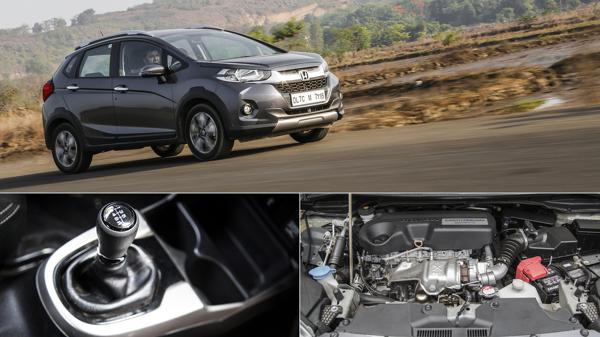
Moving on to the ride, the Vitara Brezza, a vehicle designed to look like an SUV but handles like a car, has a surprisingly stiff low speed ride but it is not the kind that will make you feel uncomfortable or break your back. It absorbs most bumps and imperfections, but due to the NVH standards, is quite audible in the cabin especially if you hit a bump hard. The WR-V on the other is bit softer in the low speed department and tends to take longer to settle down when displaced from a smooth road surface. However, the NVH insulation is much better here and that means you get a quieter ride. Surprisingly both the WR-V and the Brezza’s steering, while not offering much feedback, are accurate and will aid you in changing direction without having to wrestle the wheel too much. Given that such vehicles are not designed to be physics bending or apex-hugging machines, they respond fairly well in every day driving situations.
Conclusion
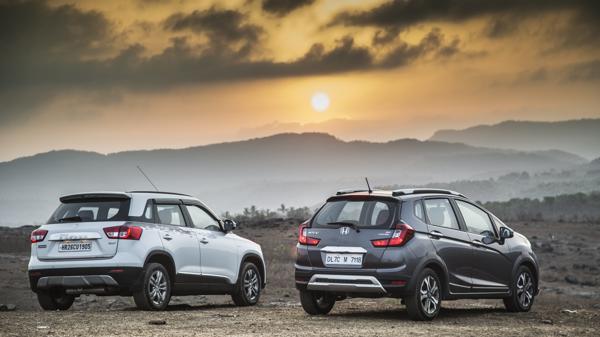
What we have here are two different approaches to the design of compact SUVs. One is a traditional, safe and play-it-by-the-books approach that has become a runaway success while the other is a more modern crossover style which has a long way to Go in terms of catching up with the SUV. The winner then is the Brezza which feels better built, nicer to drive and ticks off all the mental checkboxes when it comes to the SUV body style. What’s more, it is backed by Maruti Suzuki’s robust sales and service network which as we have seen, plays a huge influence in vehicle choice today. Finally, the Honda WR-V in this top-of-the-line VX trim is priced at Rs 10 lakh while the Maruti Suzuki Vitara Brezza in the ZDI Plus trim is lower priced at Rs 9.69 lakh (both ex-showroom Delhi).



![Maruti Suzuki Vitara Brezza [2020-2022] Maruti Suzuki Vitara Brezza [2020-2022]](https://imgd-ct.aeplcdn.com/160x89/n/cw/ec/39028/marutisuzuki-vitara-brezza-right-front-three-quarter3.jpeg?q=80)
